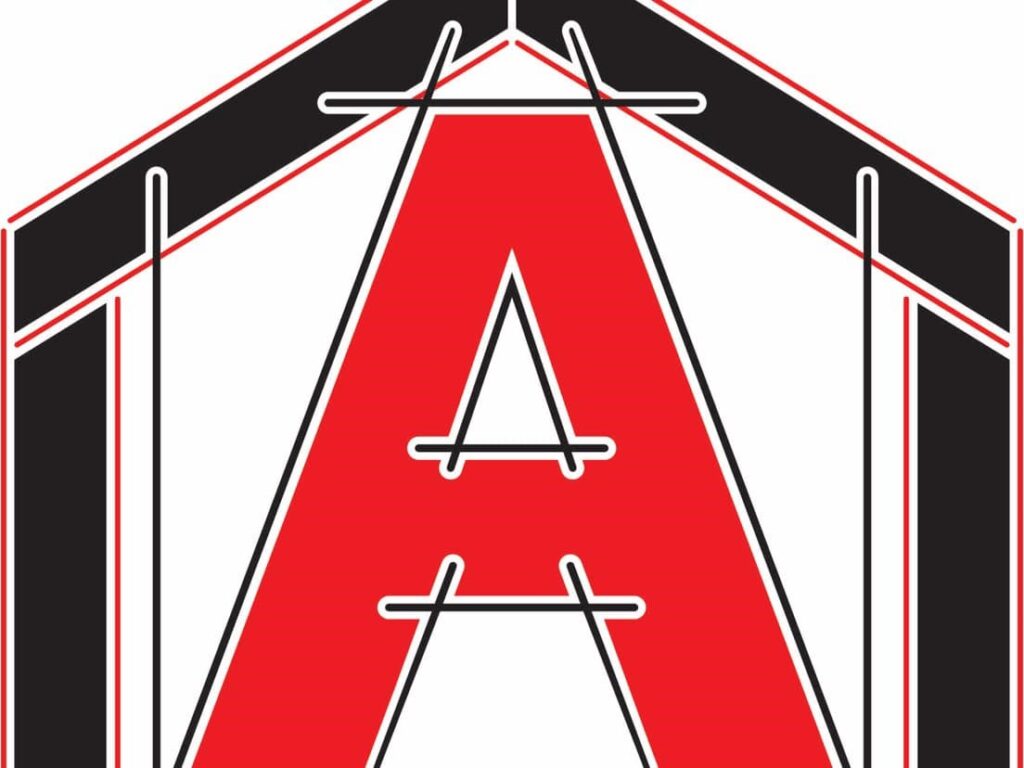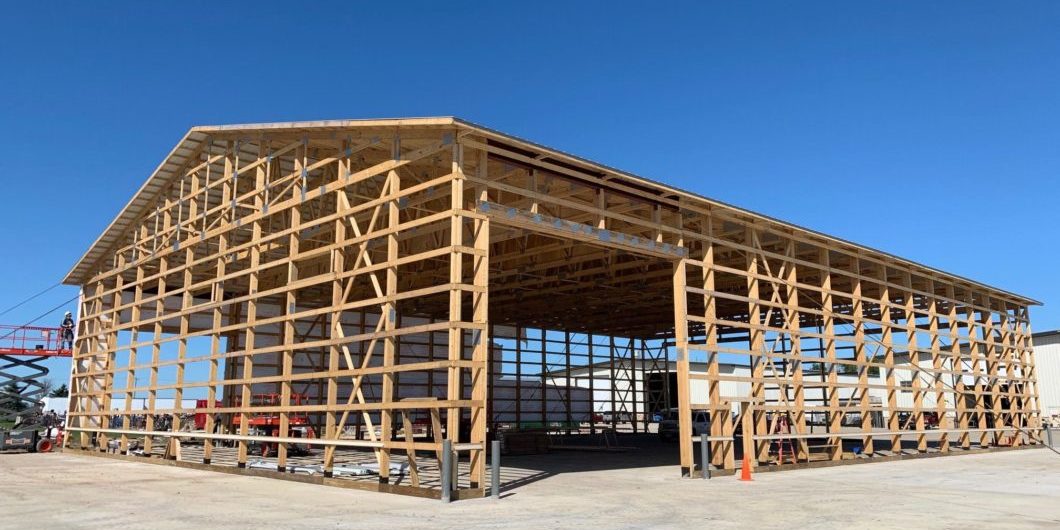When it comes to versatile and cost-effective building solutions, pole barns stand out as an excellent option. Pole barn construction has gained popularity due to its simplicity, durability, and affordability. Whether you’re looking to build a workshop, storage space, or even a residential property, understanding the fundamentals of pole barn construction can help you make informed decisions.
What Is a Pole Barn?
A pole barn is a type of building that uses large poles or posts as the main support structure. These poles are set deep into the ground, which eliminates the need for traditional foundations. The design allows for large, open spaces inside the structure, making it ideal for a variety of uses, from agricultural buildings to garages and homes. The simplicity of its construction is what makes pole barns not only economical but also highly customizable.
Benefits of Pole Barn Construction
There are several reasons why pole barn construction is a preferred choice for many property owners. Here are some of the key benefits:
- Cost-Effective Building Method
One of the most attractive aspects of pole barn construction is its affordability. Since pole barns do not require a full concrete foundation, the overall cost is significantly reduced. Additionally, the materials used, such as metal or wood siding, are typically less expensive than those used in traditional construction.
- Quick Construction Time
Pole barns can be built relatively quickly compared to traditional buildings. The straightforward design and use of pre-engineered materials mean that the construction process can be completed in a fraction of the time. This makes pole barns an excellent choice for anyone looking for a fast-building solution.
- Versatile Design Options
Pole barns are highly customizable, allowing for flexibility in design. You can choose different sizes, styles, and materials to fit your specific needs. Whether you need a simple storage space or a more complex residential building, pole barns can be tailored to suit your preferences.
- Energy Efficiency
Pole barn construction offers excellent insulation options, making it energy-efficient. The wide spacing of the poles allows for thicker insulation, which can help regulate indoor temperatures and reduce energy costs.
Key Components of Pole Barn Construction
To better understand pole barn construction, it’s essential to familiarize yourself with the key components that make up these buildings:
- Posts or Poles
The foundation of any pole barn is the posts or poles. These are typically made from treated wood, steel, or concrete. The poles are buried deep into the ground, providing stability and support for the entire structure. The depth of the poles depends on the height and size of the building.
- Trusses
Trusses are the framework that supports the roof of the pole barn. They are usually made from wood or steel and are designed to evenly distribute the weight of the roof across the structure. Trusses play a crucial role in ensuring the building can withstand heavy loads, such as snow or rain.
- Roofing and Siding
The roofing and siding materials for pole barns can vary depending on your preferences and budget. Metal is a popular choice due to its durability and low maintenance. However, wood siding is also an option for those who prefer a more traditional look. The roofing material is typically metal, which provides excellent weather protection.
- Insulation
Proper insulation is essential for pole barns, especially if you plan to use the building year-round. There are various insulation options, including spray foam, fiberglass, and rigid foam board.
Factors to Consider Before Building a Pole Barn
Before starting your pole barn construction project, there are several factors you should consider to ensure a successful build:
- Local Building Codes and Permits
Check your local building codes and regulations before beginning construction. Some areas may have specific requirements for pole barn structures, such as height restrictions, setbacks, or zoning laws.
- Site Preparation
Choose a location that provides good drainage and a level surface for your pole barn. Proper site preparation is essential to prevent water damage and ensure the longevity of the building. You may need to clear trees or other obstructions and ensure the soil is stable.
- Purpose and Size
Determine the purpose of your pole barn and how much space you’ll need. Whether it’s for storage, a workshop, or a home, the size of the building will play a significant role in the overall cost and design.
- Contractors or DIY
Decide whether you want to hire a pole barn building company or take on the project yourself. While DIY pole barn kits are available, hiring professionals ensures that the job is done correctly and efficiently. If you choose to go with a contractor, make sure to research their experience and reputation.
In Summary
Pole barn construction is an excellent option for anyone looking for a cost-effective, versatile, and durable building solution. If you’re ready to explore your options further, reach out to a reputable pole barn building company today to discuss your project details. Working with professionals can make the construction process smoother and ensure your pole barn meets all your needs and expectations.

